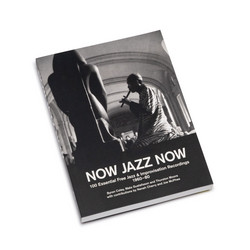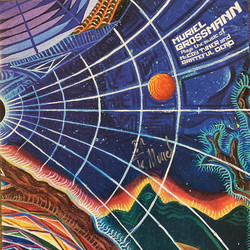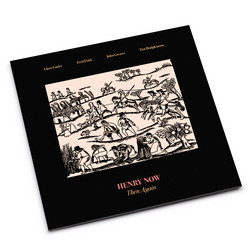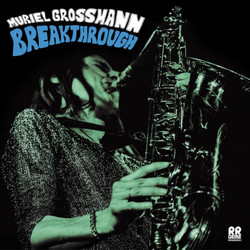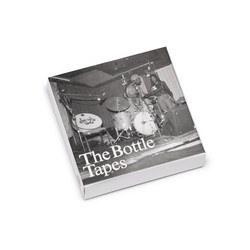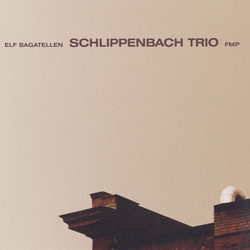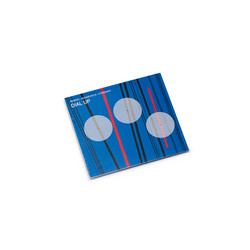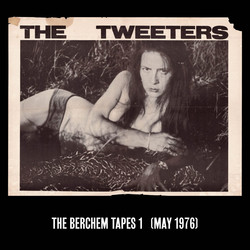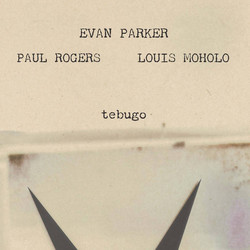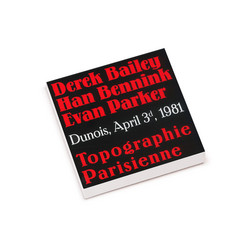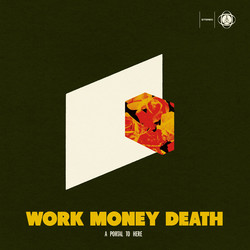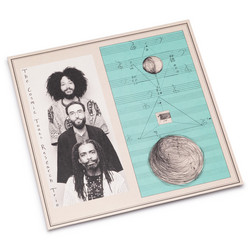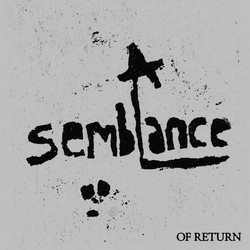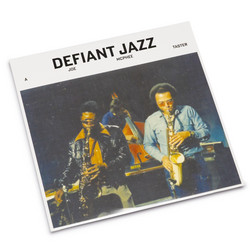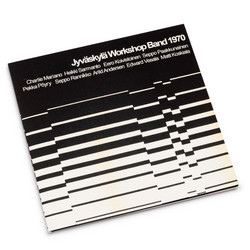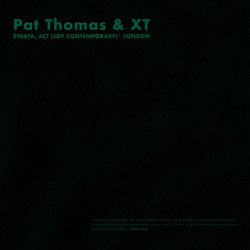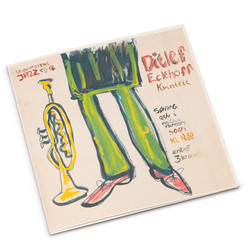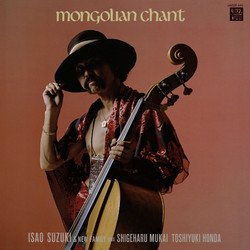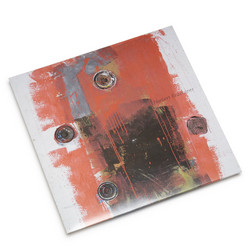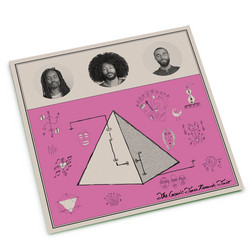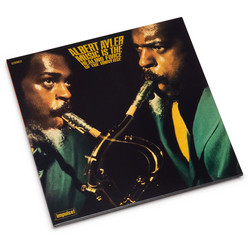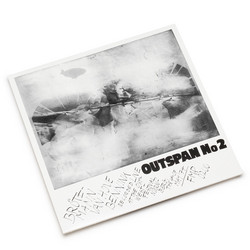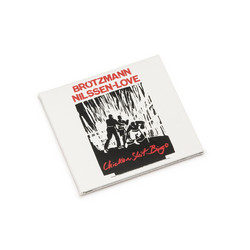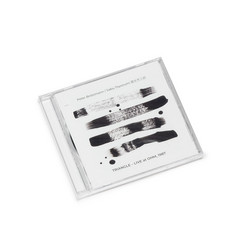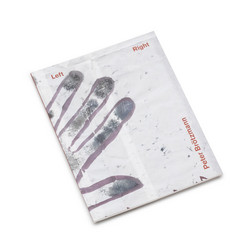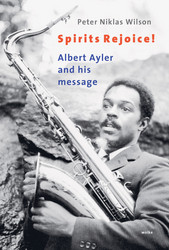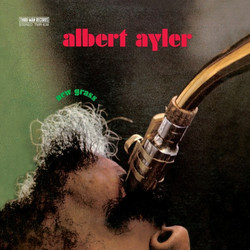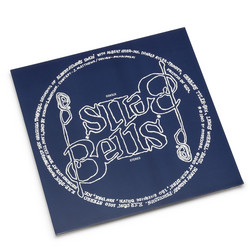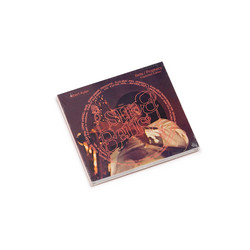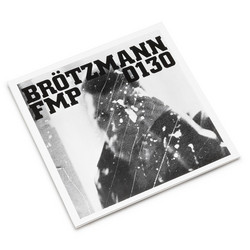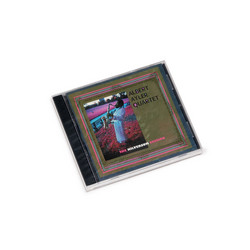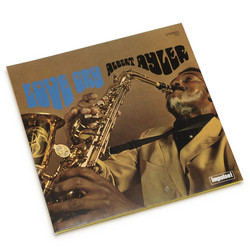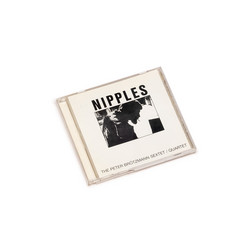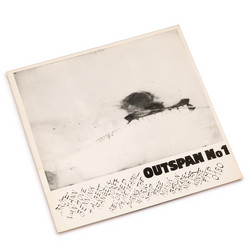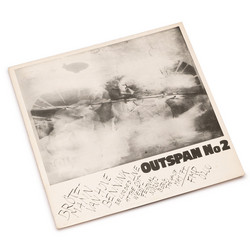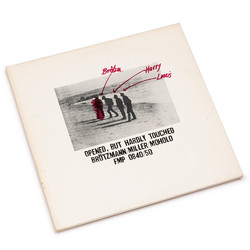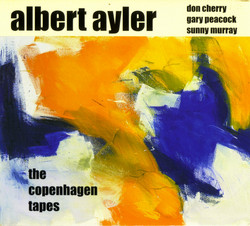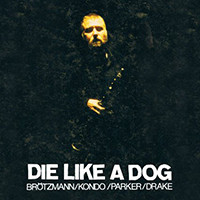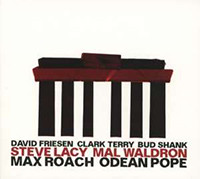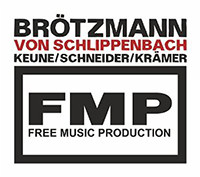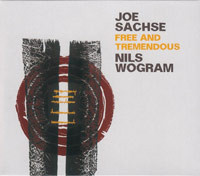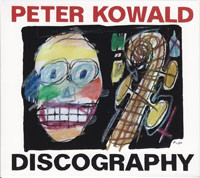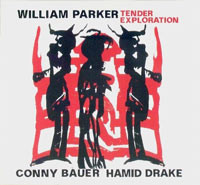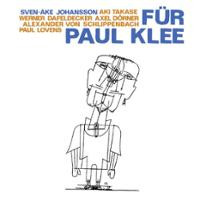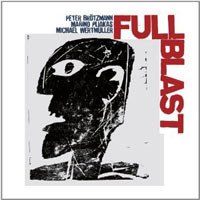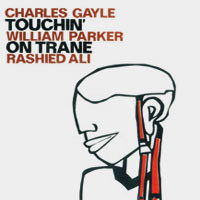Albert Ayler, Peter Brötzmann
Music Is the Healing Force of the Universe - Fragments of Music,
"Music Is the Healing Force of the Universe is a powerful and often ignored recording from the Albert Ayler catalog. It is a prophetic statement dealing with guilt, confusion, sorrow, and hopes of redemption. A powerful rhythm section of Bobby Few on piano, Stafford James and James Folwell on bass, (Folwell on electric fender bass), and Muhammad Ali on drums manage to take a backseat to the prominent vocals of Ayler's business associate and girlfriend Mary Parks, listed on the record as Mary Maria. Her emotional vocals are featured on "Music Is the Healing Force of the Universe," "Man Is Like a Tree," and "Island Harvest". Throughout these tracks Maria sounds as if she is pleading and reasoning not just universally, but directly with Ayler, trying to convince him of the positive aspects of life and her evangelistic shouts of "be healed" on the title track can prove uncomfortable. "Masonic Inborn" is an instrumental track finding Ayler not only overdubbing cacophonous bagpipe solos but also playing ocarina. Music Is the Healing Force of the Universe, along with tracks that were released posthumously on the Last Album, were recorded at the same session. While not easy listening, they complete an important portrait of a man facing a life and death inner struggle beyond the boundaries of jazz. The inevitable outcome culminated on November 25, 1970, when Ayler's drowned body was found floating in New York's East River". (All Music)
"This first recording of the Die Like a Dog Quartet is fittingly subtitled Fragments of Music, Life and Death of Albert Ayler. In the liner notes (in both German and English), Peter Brötzmann writes of his passionate empathy for a musician whom he considers a kindred spirit; Brötzmann feels a link with Ayler since each were doing a similar thing "at the same point in time" although neither musician had heard the other. And so, lightly scattered throughout this first meeting of the Die Like a Dog Quartet are fragments of quotes from Ayler's "Bells", "Ghosts," "Prophet," and more. In August 1993 Brötzmann was joined for a live concert in Berlin by legendary free jazz trumpeter Toshinori Kondo (who also occasionally utilizes electronics effects) and the wondrous rhythm section (although they are no straight time-keepers) of bassist William Parker and percussionist Hamid Drake. And so here, on one recording, you get four musicians who, whenever they're playing, play with every ounce of their attention, passion, and ability. Add to this each musician's great ability on his respective instrument and you get music that is alternately moving, invigorating, and astonishing. The dynamics range from rattles, long, low breaths, and short staccato blurts to the kind of exploding intensity and energy that is usually associated with Brötzmann". (All Music)
